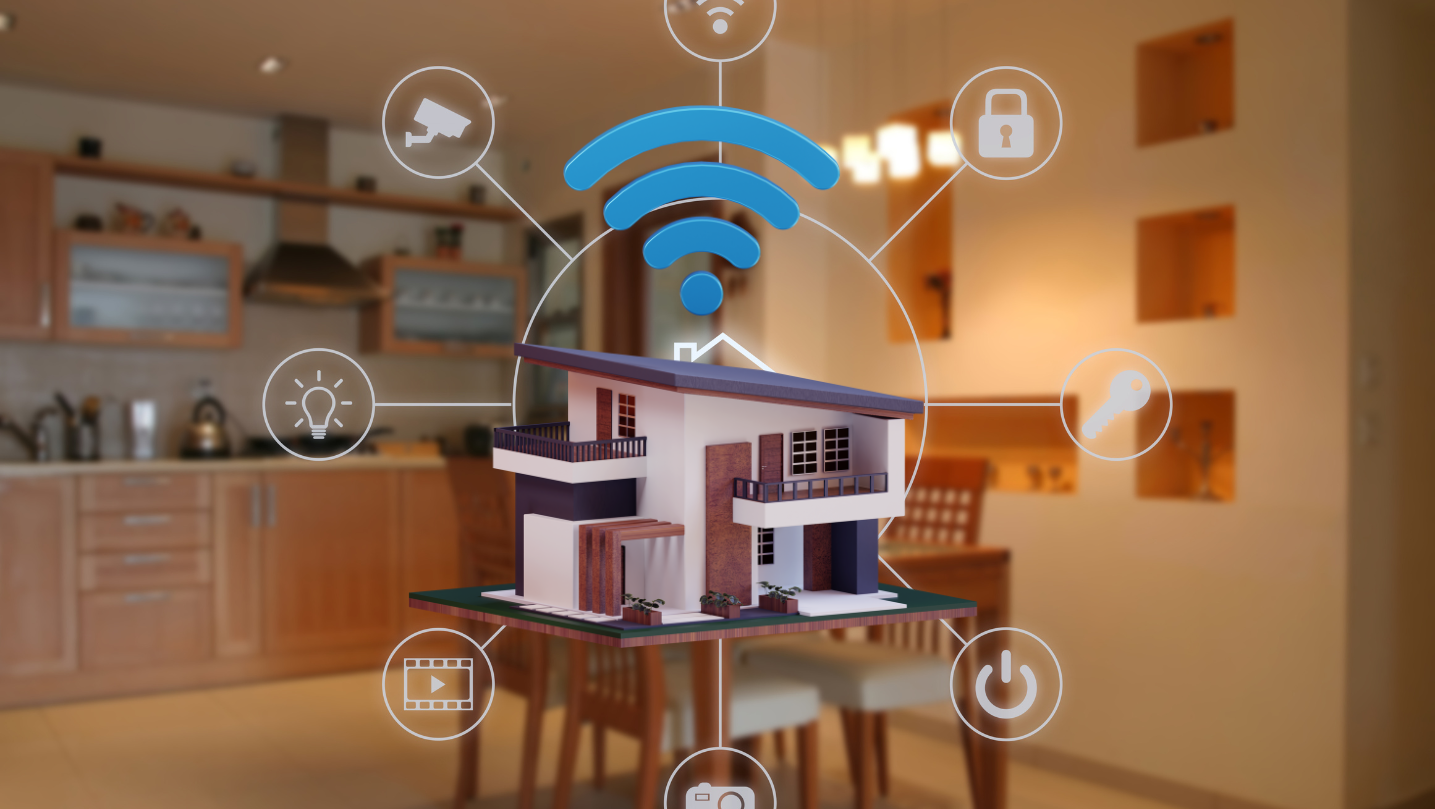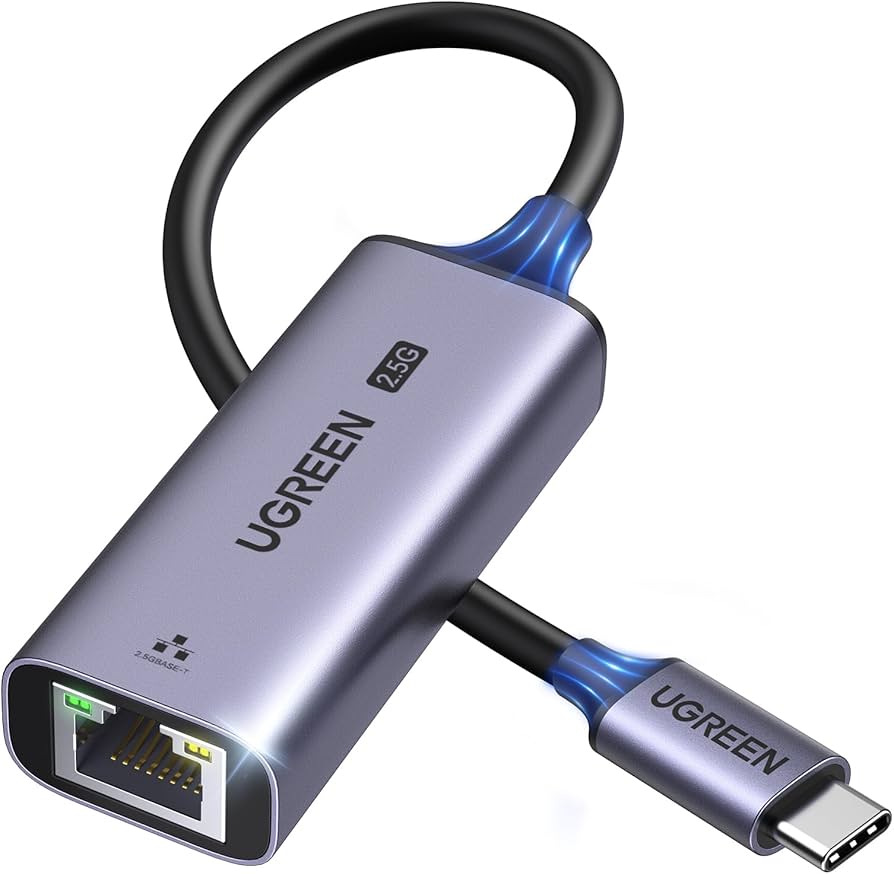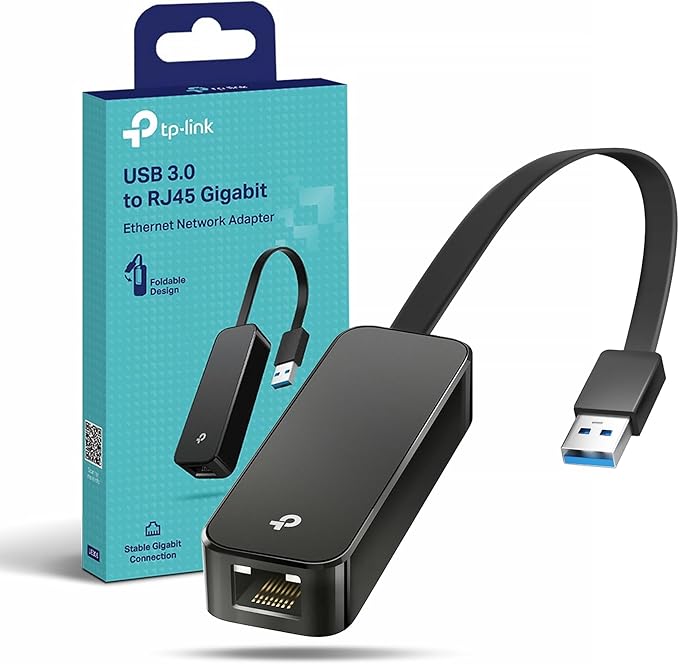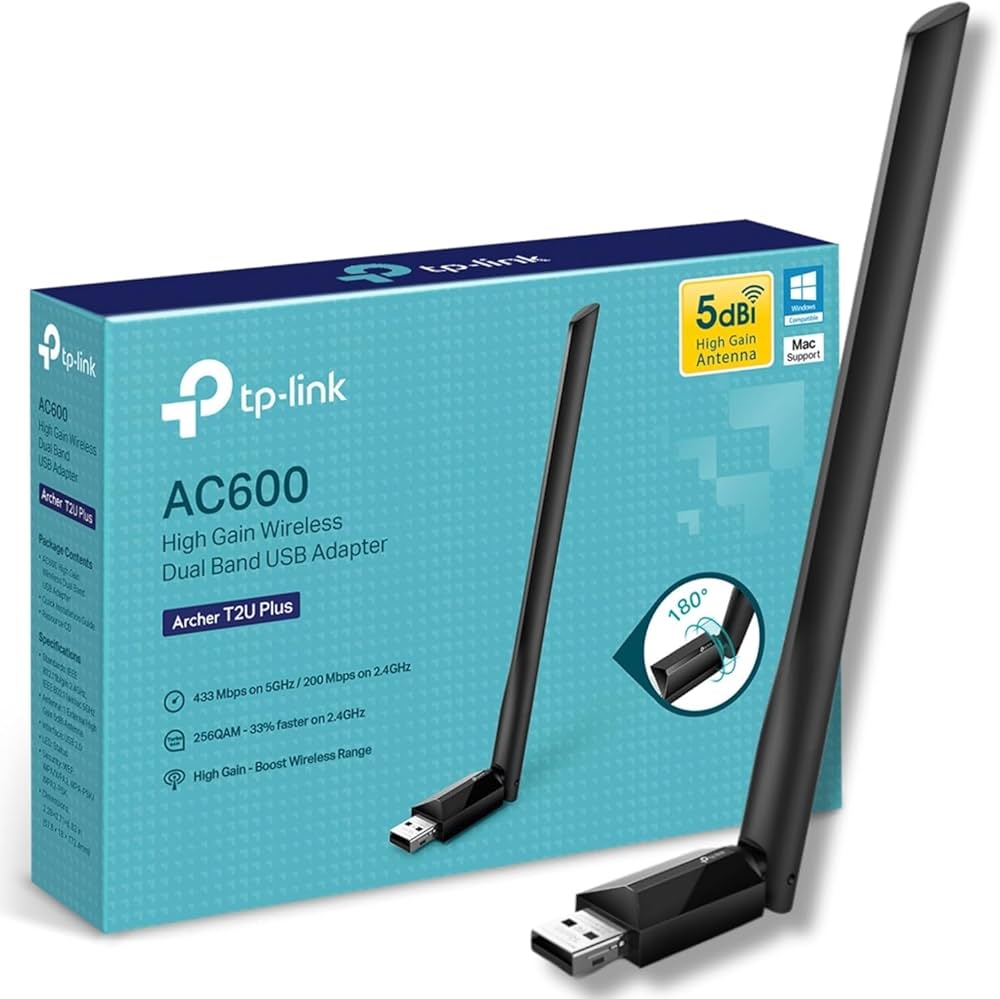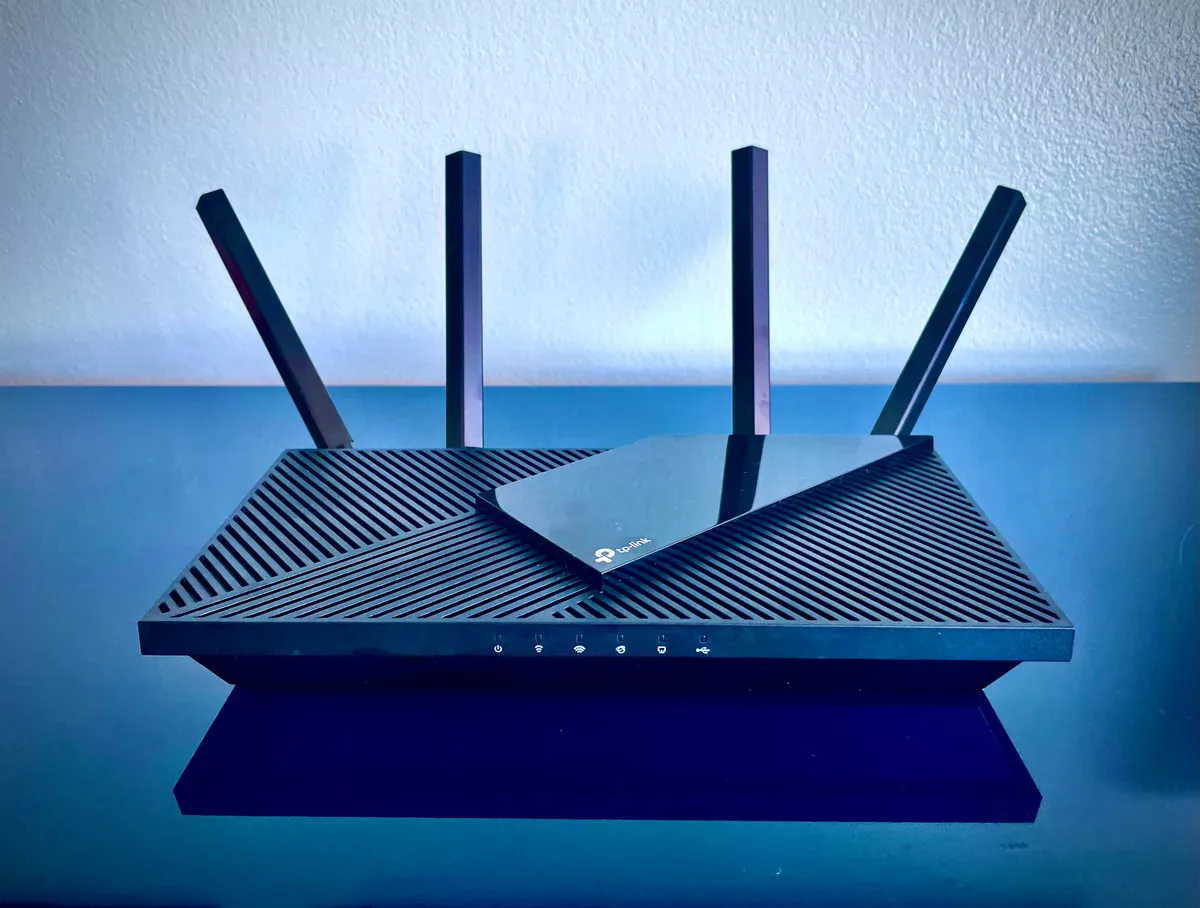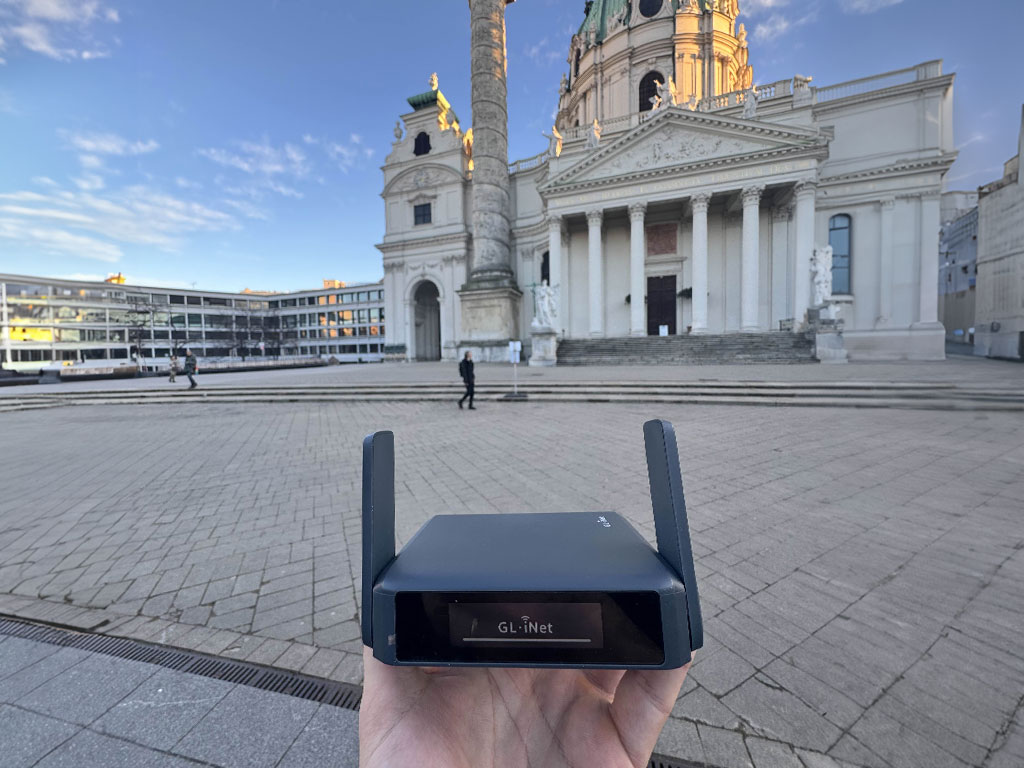Smart Home Networking 101: Boost Wi-Fi for Seamless Automation (2025)
Smart bulbs lagging? Security cams going offline? Voice commands not triggering?
In 2025, the backbone of every successful smart home is a fast, stable Wi-Fi network. No matter how advanced your devices are, poor networking ruins performance Smart Home Networking.
In this guide, we’ll help you:
-
Diagnose smart home Wi-Fi issues
-
Optimize your network for smart devices
-
Choose the right router or mesh system
-
Boost connectivity for automation, voice control, and video streaming Smart Home Networking
Let’s fix your smart home lag—starting now.
🧠 Why Networking Matters in Smart Homes
Smart devices—especially Wi-Fi ones—rely on strong, constant internet signals. Unlike laptops or phones, they don’t “retry” very well when disconnected.
Poor network =
❌ Delayed automations
❌ Offline cameras
❌ Voice assistants saying “I’m having trouble…”
🛑 Signs Your Smart Network Needs Help
-
Devices go offline randomly
-
Voice assistants are slow to respond
-
Lights don’t react to scenes instantly
-
Cameras buffer or don’t stream clearly
-
Smart plugs fail to trigger routines
📶 Wi-Fi Needs of Smart Homes (2025)
| Device Type | Bandwidth | Reliability Needed | Priority |
|---|---|---|---|
| Smart Bulbs | Low | High | Medium |
| Smart Plugs | Low | Medium | Medium |
| Cameras (1080p–4K) | Medium–High | High | High |
| Smart Speakers | Medium | High | High |
| Thermostats | Low | Medium | Low |
| Video Doorbells | High | Very High | High |
📡 Steps to Optimize Your Smart Home Network
1. Upgrade to a Mesh Wi-Fi System
If your home is 1,500+ sq ft or has multiple floors, a mesh system like TP-Link Deco, Google Nest Wi-Fi, or Eero ensures every corner has coverage.
✅ Auto-switching between nodes Smart Home Networking
✅ Reduced dropouts
✅ Easy app management
2. Use 2.4GHz for Smart Devices
Most smart home gear still connects to 2.4GHz (better range, lower speed). Smart Home Networking
💡 Tip: Many dual-band routers combine 2.4GHz and 5GHz into one SSID—split the bands if devices struggle to connect.
3. Limit Devices Per Router
Consumer routers handle 20–30 active devices comfortably. If you’re running 40+ devices (bulbs, plugs, cameras), consider:
-
Mesh routers with tri-band
-
Dedicated IoT network (SSID)
-
Router with QoS settings to prioritize traffic
4. Optimal Router Placement
Bad placement = dead zones and signal loss.
✅ Center of the home
✅ 3–6 ft above ground
✅ Avoid walls, mirrors, microwaves
✅ Place away from metal surfaces or TVs
5. Create a Dedicated IoT Network (SSID)
Some routers let you create a Guest Network just for smart devices. This:
-
Keeps them off your main network
-
Reduces congestion
-
Improves security
Name it something like: Home_IoT and use WPA2 password.
6. Update Firmware on Routers and Devices
Outdated firmware = bugs, slowdowns, and vulnerabilities.
✅ Set routers to auto-update
✅ Check device firmware weekly via app
✅ Reboot router every 2–3 weeks to refresh performance
7. Add a Wi-Fi Extender (if Mesh Isn’t Possible)
If you can’t get a mesh system, Wi-Fi extenders like TP-Link RE550 or Netgear EX6400 can patch dead spots—ideal for back patios, garages, or basements Smart Home Networking.
🔌 Best Routers for Smart Homes (2025)
| Router | Type | Key Feature | Price |
|---|---|---|---|
| TP-Link Deco X55 | Mesh | Affordable Wi-Fi 6 mesh | ~$199 |
| Eero 6+ | Mesh | Simple setup, Alexa built-in | ~$199 |
| ASUS RT-AX86U | Standalone | Tri-band, IoT optimizable | ~$239 |
| Google Nest Wi-Fi Pro | Mesh | Seamless Google ecosystem | ~$299 |
💡 All of these support 2.4GHz, WPA3, and app control.
🧠 Bonus: Speed Tips for Power Users
-
Use wired Ethernet backhaul for mesh nodes
-
Set camera resolution to 1080p instead of 4K to reduce lag
-
Enable QoS (Quality of Service) to prioritize cameras and assistants
-
Reboot slow devices weekly
-
Use smart switches on heavy devices like heaters to reduce constant load Smart Home Networking
Final Thoughts: A Smart Home Starts With Smart Wi-Fi
Your smart home is only as smart as its network. Upgrading your router, spacing devices properly, and isolating your IoT traffic ensures smooth automation, faster response times, and fewer frustrations .
Take the time to strengthen your home’s digital foundation—you’ll notice the difference immediately.
🎯 Need Help Choosing the Right Router?
Explore mesh systems, extenders, and network optimization tutorials at
👉 SmartAndSecureHome.com
7 min read

